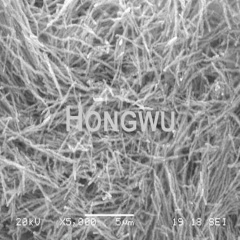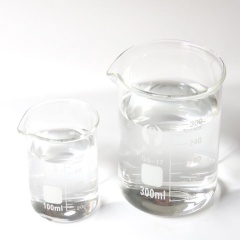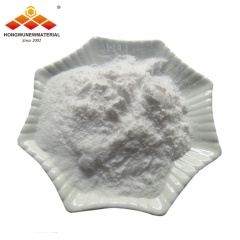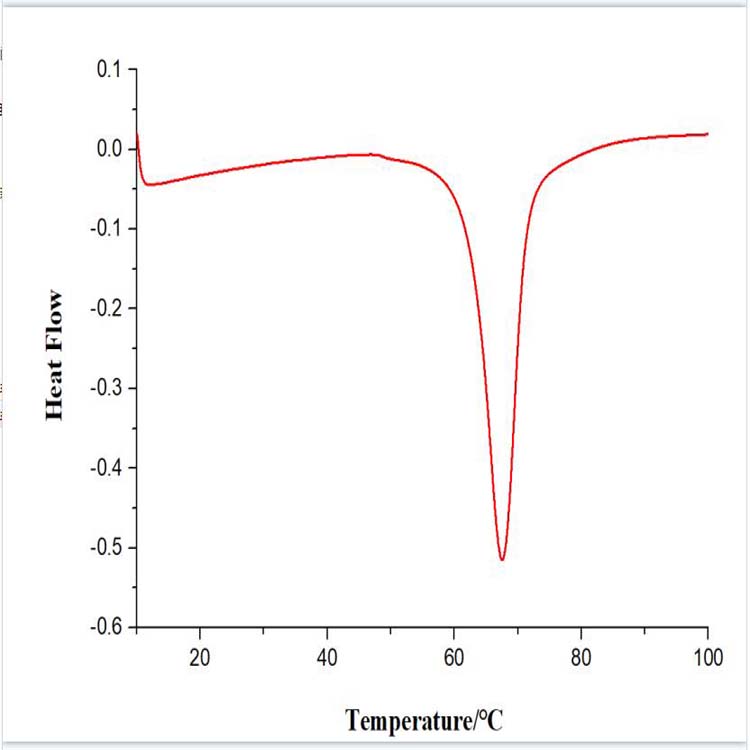The best cost effective inorganic antimicrobial material includes nano silver series, copper oxides series, zinc oxide and nano tio2.
1. Nano silver
Related products: Nano silver powder, colored silver antibacterial liquid, transparent silver antibacterial liquid, silver nanowires.
Antibacterial principle of nano silver material
(1). Change the permeability of the cell membrane. Treating bacteria with nano silver can change the permeability of the cell membrane, leading to the loss of many nutrients and metabolites, and ultimately cell death;
(2). Silver ion damages DNA
(3). Reduce dehydrogenase activity.
(4). Oxidative stress. Nano silver can induce cells to produce ROS, which further reduces the content of reduced coenzyme II (NADPH) oxidase inhibitors (DPI), leading to cell death.
2. Nano copper, nano copper oxide CUO, nano cuprous oxide CU2O
The positively charged copper nanoparticles and the negatively charged bacteria make the copper nanoparticles come into contact with the bacteria through the charge attraction, and then the copper nanoparticles enter the cells of the bacteria, causing the bacterial cell wall to break and the cell fluid to flow out. The death of bacteria; the nano-copper particles that enter the cell at the same time can interact with the protein enzymes in the bacterial cells, so that the enzymes are denatured and inactivated, thereby killing the bacteria.
Both elemental copper and copper compounds have antibacterial properties, in fact, they are all copper ions in sterilizing.
The smaller the particle size, the better the antibacterial effect in terms of antibacterial materials, which is the small size effect.
3.
Nano zinc oxide ZNO
There are two antibacterial mechanisms of nano-zinc oxide ZNO:
(1). Photocatalytic antibacterial mechanism. That is, nano-zinc oxide can decompose negatively charged electrons in water and air under the irradiation of sunlight, especially ultraviolet light, while leaving positively charged holes, which can stimulate oxygen change in the air. It is active oxygen, and it oxidizes with a variety of microorganisms, thereby killing the bacteria.
(2). The antibacterial mechanism of metal ion dissolution is that zinc ions will gradually be released. When it comes into contact with the bacteria, it will combine with the active protease in the bacteria to make it inactive, thereby killing the bacteria.
4. Nano titanium oxide TIO2
Nano-titanium dioxide decomposes bacteria under the action of photocatalysis to achieve antibacterial effect. Since the electronic structure of nano-titanium dioxide is characterized by a full TiO2 valence band and an empty conduction band, in the system of water and air, nano-titanium dioxide is exposed to sunlight, especially ultraviolet rays, when the electron energy reaches or exceeds its band gap. Can time. Electrons can be excited from the valence band to the conduction band, and corresponding holes are generated in the valence band, that is, electron and hole pairs are generated. Under the action of the electric field, the electrons and holes are separated and migrate to different positions on the particle surface. A series of reactions occur. The oxygen trapped on the surface of TiO2 adsorbs and traps electrons to form O2, and the generated superoxide anion radicals react (oxidize) with most organic substances. At the same time, it can react with the organic matter in the bacteria to generate CO2 and H2O; while the holes oxidize the OH and H2O adsorbed on the surface of TiO2 to ·OH, ·OH has a strong oxidizing ability, attacking the unsaturated bonds of organic matter or extracting H Atoms generate new free radicals, trigger a chain reaction, and eventually cause bacteria to decompose.


 English
English français
français Deutsch
Deutsch русский
русский italiano
italiano español
español português
português 日本語
日本語 한국의
한국의 Türkçe
Türkçe

















 8620-87226359,8620-87748917
8620-87226359,8620-87748917

